NASA’s Mars Insight lander witnessed the largest quake detected on another world at just the right time — as the lander begins to run low on power.
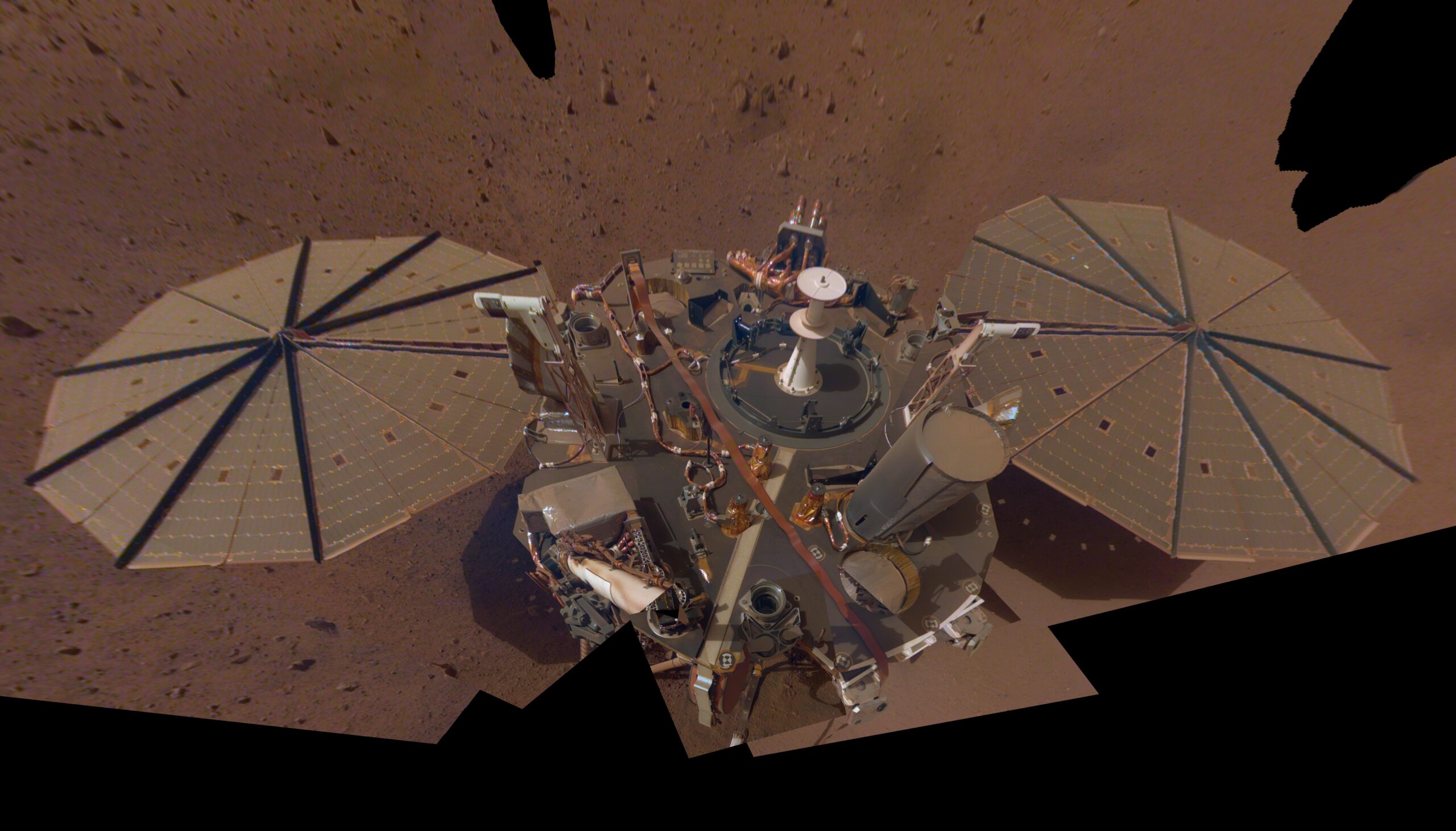
NASA / JPL-Caltech
Mars Insight researchers have caught a lucky break — for a change. The lander’s Seismic Experiment for Interior Structure (SEIS) instrument witnessed a magnitude-5.0 marsquake on May 4, 2022. Though not large by Earth standards, the temblor was the largest recorded on another planet.
The event occurred just three days before power levels on the lander dropped due to accumulation of Martian dust on its solar panels, and the lander entered a preemptive safe mode.
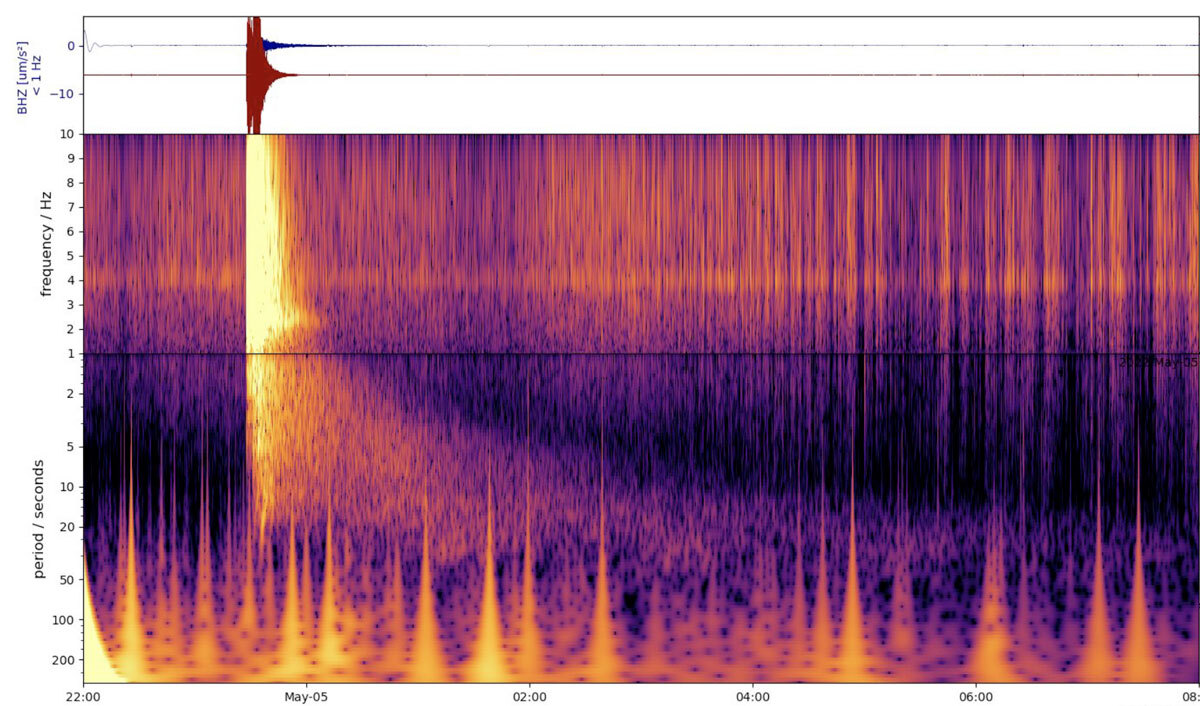
NASA / JPL-Caltech / ETH Zurich
The finding breaks the previous record for largest marsquake, a 4.2-magnitude quake that Insight detected on August 25, 2021. To date, Insight has detected more than 1,313 marsquakes since it touched down on the Red Planet in November 2018. The quakes give researchers a way to look into the Martian interior, enabling them to measure the thickness of the crust and the size and structure of the planet's mantle and core.
"Since we set our seismometer down in December 2018, we've been waiting for 'the big one,'" says Bruce Banerdt (NASA Jet Propulsion Laboratory) in a recent press release. "This quake is sure to provide a view into the planet like no other. Scientists will be analyzing this data to learn new things about Mars for years to come."
Studying marsquakes has allowed researchers to pin down the radius of the planet's core — 1,830 km (1,137 miles) — as well as the thickness of the crust, which could extend as deep as 37 km.
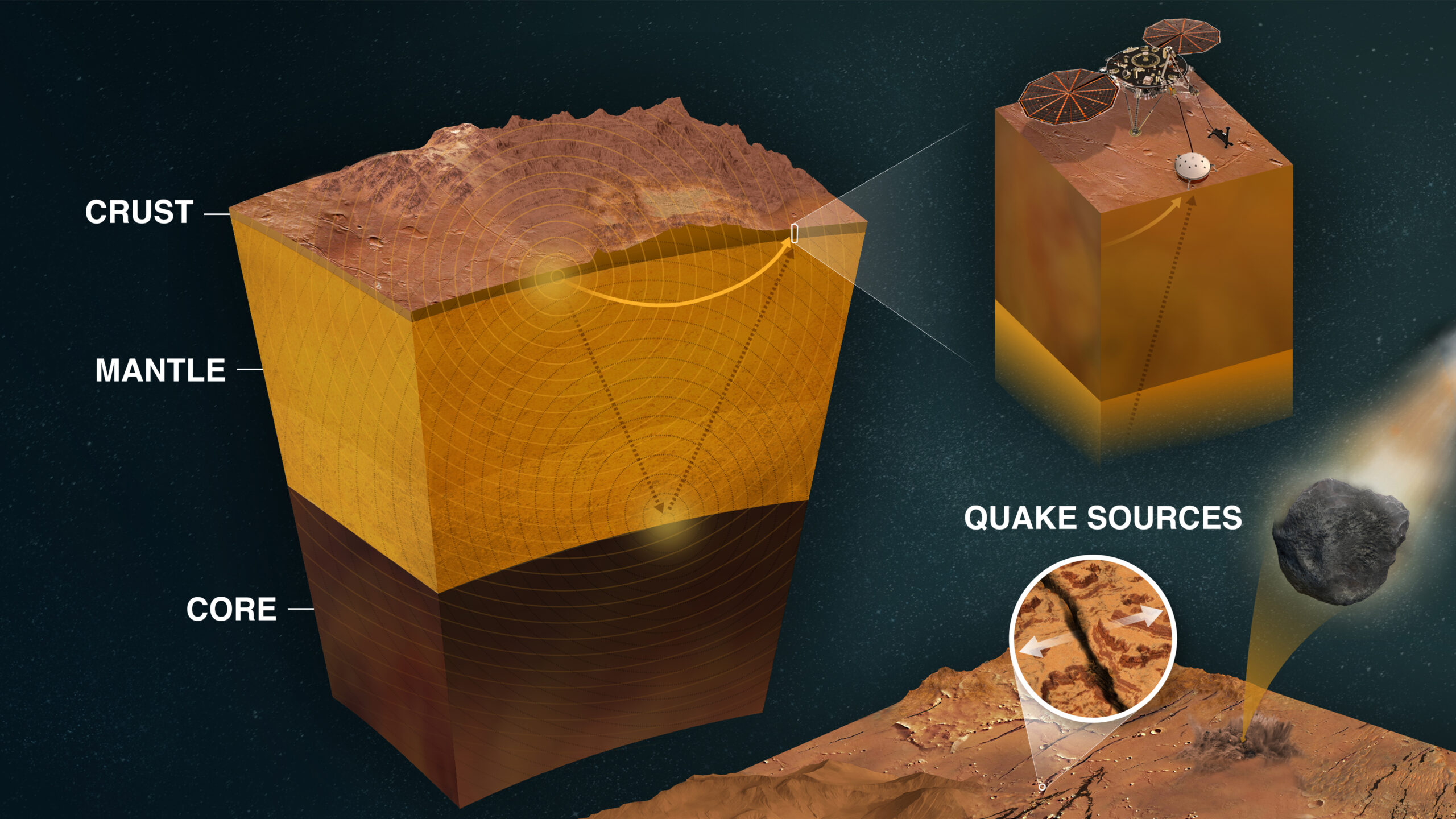
NASA / JPL-Caltech
Scientists think that the prime sources of marsquakes are faults and impacts. While the exact source of the recent "big" quake is unknown, other 4th-magnitude quakes have been tied to the Cerberus Fossae, a region of parallel fissures.
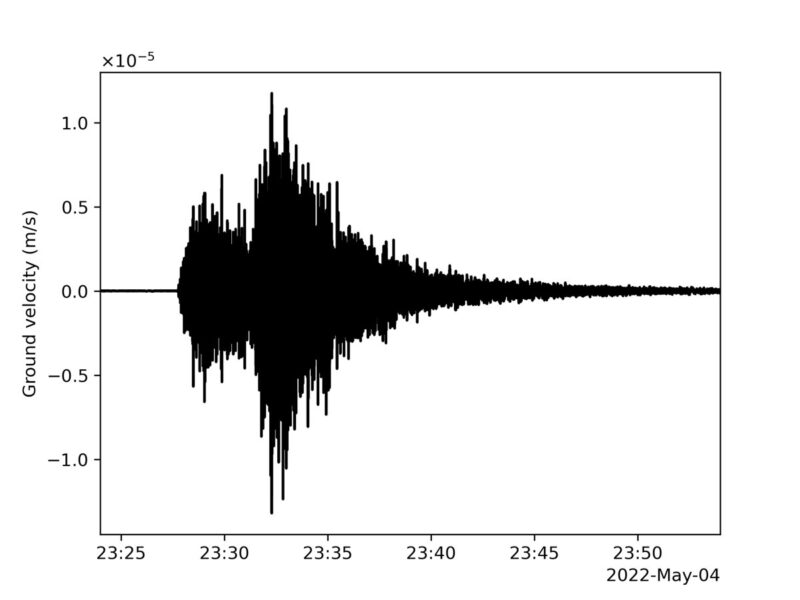
NASA / JPL-Caltech
Studying the interior composition of Mars is crucial in understanding how it compares to other terrestrial worlds, and more specifically how it contrasts with Earth and the Moon, for which we have quake data. Ideally, researchers would like to put seismic landers on Mercury and even Venus as well, as alluded to in the recent Planetary Decadal Survey.
Viking 1, NASA's first successful landing on Mars, also had a seismometer package onboard, but strong winds made measurements impossible. NASA's Dragonfly helicopter headed to Titan in 2027 will also feature a seismometer.
Other Aspects of Insight
Launched on an Atlas V rocket from Vandenberg Air Force (now Space Force) Base in California on May 5, 2018, the Insight lander touched down at Elysium Planitia on November 26, 2018. The mission also included another first: a pair of CubeSats (MarCO-A and MarCO-B), which flew along with Insight and imaged Mars during flyby. Insight’s seismometer was built by the French space agency (CNES).

NASA/JPL-Caltech
Designed as the first dedicated geophysical research station on the planet, Mars Insight had its share of problems to overcome. The biggest was the deployment of the Heat Flow and Physical Properties Package (HP3). HP3 included a percussive drill to probe the Martian interior, but it never managed to reach its target depth for useful observations. Ironically, it was the tough consistency of the crusty soil at the site that thwarted drilling attempts — an unexpected snag, as the hoped-for sandy soil was one of the reasons researchers selected Elysium Planitia in the first place.
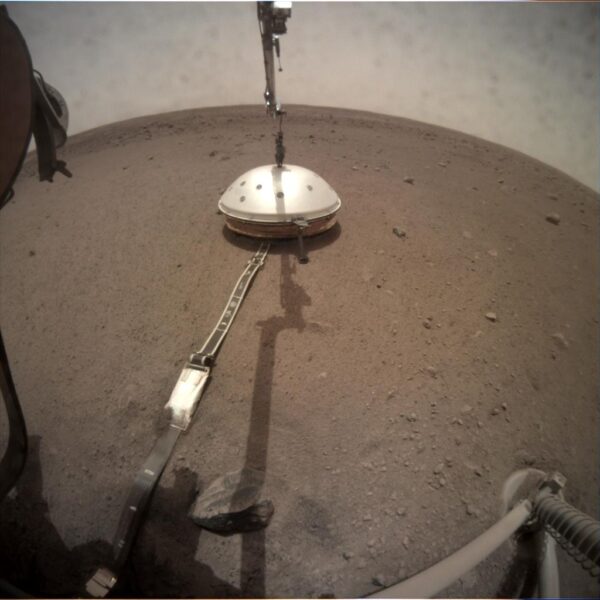
NASA/JPL-Caltech
Winter Is Coming
Insight's primary mission took two years (equivalent to one year on Mars) and is complete. Now, although approved for an extended mission through the end of 2022, Mars Insight is battling a familiar problem for solar-powered Mars missions: The lander's panels have been getting increasingly dusty, and the mission just entered safe mode on May 7th as its power levels dropped. The amount of sunlight is also decreasing as the site enters Martian winter.
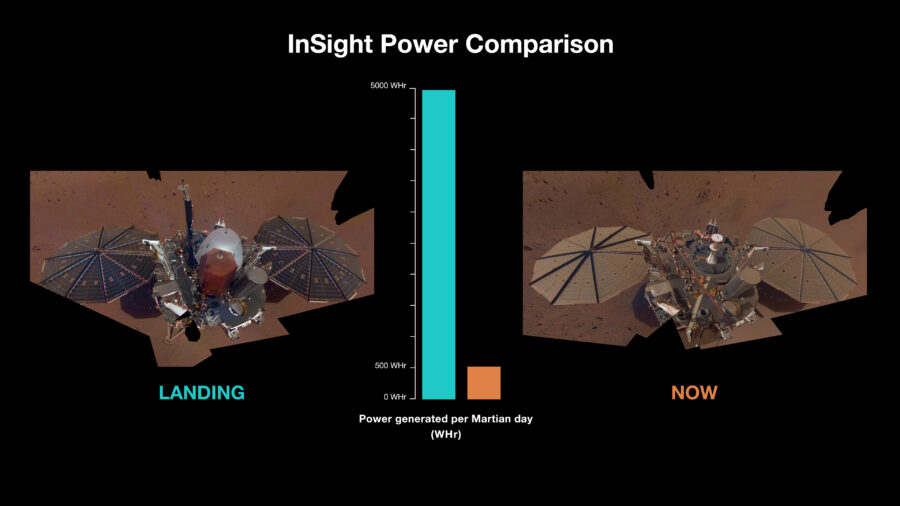
NASA / JPL-Caltech
Engineers lengthened Insight's life using an innovative method to help clear Insight's solar panels: using dirt to clean dirt. Controllers employed the lander's scoop arm to sprinkle regolith across the panels. The larger dirt particles picked up finer dust as the wind blew them off the panels, ultimately making the panels cleaner. The team proved the effectiveness of this technique on May 22, 2021.

NASA / JPL-Caltech
"Insight has transformed our understanding of the interiors of rocky planets and set the stage for future missions," says Lori Glaze (NASA's Planetary Science Division) in a recent press release. "We can apply what we've learned about Mars's inner structure to Earth, the Moon, Venus, and even rocky planets in other solar systems."

NASA/JPL-Caltech
Hopefully, the mission that has provided us with so much "insight" into the Martian interior will wake up once again and phone home.
 5
5









Comments
Anthony Barreiro
May 18, 2022 at 6:42 pm
It seems like every solar-powered Martian lander and rover that survived its primary mission has ultimately been disabled by dust accumulating on its solar panels. Why doesn't NASA give them a little robotic arm with a brush?
You must be logged in to post a comment.
Bob-dBouncier
May 18, 2022 at 9:45 pm
Perhaps a drone, like on Perseverance. It could hover over the panels and blow off the dust.
You must be logged in to post a comment.
Anthony Barreiro
May 19, 2022 at 5:05 pm
I wonder how that would work given that the Martian atmospheric pressure is 0.01 bar.
You must be logged in to post a comment.
Anthony Barreiro
May 19, 2022 at 5:04 pm
I wonder how that would work given that the Martian atmospheric pressure is 0.01 bar.
You must be logged in to post a comment.
marcoadelagarza
May 20, 2022 at 6:39 pm
I was thinking the same thing or what about a mini blower?
You must be logged in to post a comment.
You must be logged in to post a comment.